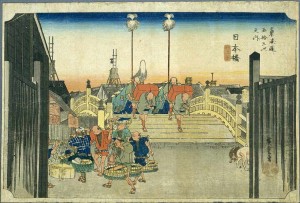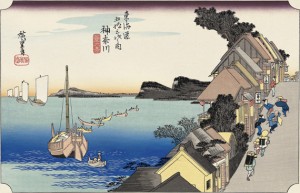Tonight I met up with a few of the awesome girls from the Immortal Geisha forums for a warming dinner of shabu-shabu. It’s cold and damp and snowy and icy here, so I decided to wear my black, white, and red wool kimono and hike it up a bit with some boots. I figured it would be a great time to wear my new red-orange Tokaido obi, and had a bit of fun accessorizing with a sandy beige and red keffiyeh (shemagh).
Ame went along the same lines and wore an adorable black wool ensemble, but mischie was very brave and wore a gorgeous black silk houmongi with ume. It was entirely accidental, but we were all wearing black, white, and red outfits!
The food was delicious. We went to Kagayaki Shabu-Shabu in Montreal’s Chinatown. It was warming and flavourful and perfect for the weather.
After we finished dinner, we went to a fancy hotel nearby to take photos over their gorgeous koi pond and to relax and have a drink. As usual, I could not resist being a giant ham. Look! Fishies!

Mischie with a cappucino (in a super pretty cup!)

And me being a jackass with a Bloody Cesar. Hey baby, come here often?

I had a great time, and can’t wait to have another kimono meetup. Maybe not until it warms up a little though!


































 Bebe Taian
Bebe Taian CHOKO Blog
CHOKO Blog Gion Kobu
Gion Kobu